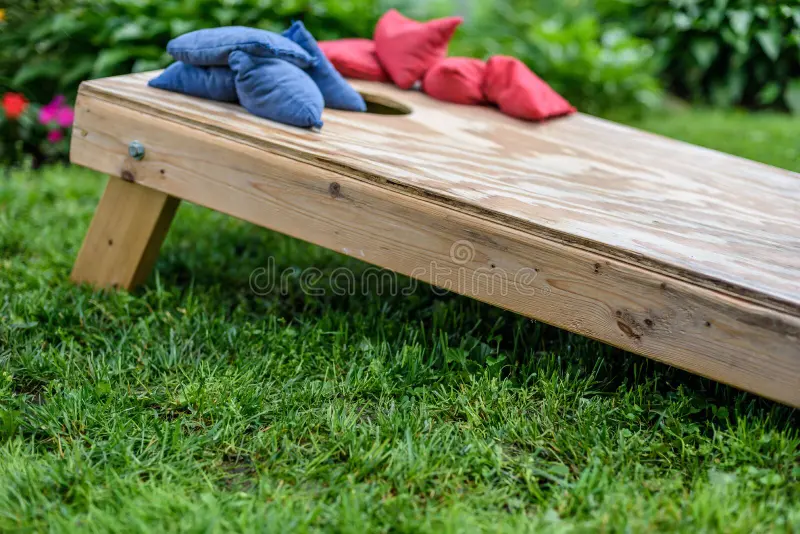Games
From Amateur to Pro: How Upgrading Your Cornhole Bags Can Elevate Your Game

A timelessly classic lawn game, cornhole is a staple of any American outdoor get-together. From cookouts to tailgates, you’ll have no trouble finding a foursome to get a game going.
The equipment is simple: two boards and eight bags. If you look more closely, however, you’ll see that even small tweaks to your bags can have a big impact on your game.
Finding the right combination of material, filling, and size of your cornhole bags will transform your game and elevate it to the next level.
Outer Bag Material
As cornhole has grown in popularity, and spawned a professional league, bags and their material have become more sophisticated. They now use different materials that each impact performance differently.
- Duck cloth: The traditional bag material. Duck cloth canvas is durable, affordable, and slides more consistently on most board materials.
- Synthetics: Weather-resistant and lightweight. Synthetics such as polyester are perfect for outdoor games and casual play.
- Suede or microfiber: Less common among recreational players. Suede and microfiber make for grippier bags good for players looking for enhanced control.
Filling for Cornhole Bags
Traditionally, cornhole bags used corn kernels for filling. Many cornhole players prefer corn filling for its old-school, authentic feeling.
Other advanced cornhole players prefer bags filled with synthetic material, typically plastic resin pellets. Many players prefer that the controllable size and weight of resin pellets give more consistent performance. With an artificial filling, bag producers can make bags with consistent weight and floppiness so players can find bags for their specific play style.
Resin pellets are more durable and moisture resistant than corn, making them ideal for tailgate and cookout players.
Bag Size and Weight
To comply with the American Cornhole Association and American Cornhole League regulations, bags need to be six by six squares and weight between 14 and 16.5 ounces. Bag dimensions can be slightly bigger or smaller to account for stitching.
Bag weight can have a significant impact on your game. Heavier bags give you better stability and control and will make it easier for you to knock off other players’ bags. Lighter bags, alternatively, can offer more precision.
Grip vs Slide
Your bag’s material, filling, an weight will all affect how it performs when you throw it on the board. Each variable will determine how much the bag sticks when it lands or if it’ll slide once it makes contact.
There’s no right or wrong answer to how sticky a bag should be. It depends on your specific playstyle. Do you prefer to keep your bags on the board? Go for a heavier bag made out of suede or microfiber. If you want to get aggressive and knock opponents’ bags off the board, choose a lighter bag made out of canvas or synthetic material. Choosing the right bag is a key first step in stepping up your game. Understanding size, weight, material, and filling will unlock the next level of your cornhole experience.
Kenneth is a proud native of sydney, born and raised there. However, he pursued his education abroad and studied in Australia. Kenneth has worked as a journalist for almost a decade, making valuable contributions to prominent publications such as Yahoo News and The Verge. Currently, he serves as a journalist for The Hear Up, where he focuses on covering climate and science news. You can reach Kenneth at [email protected].










